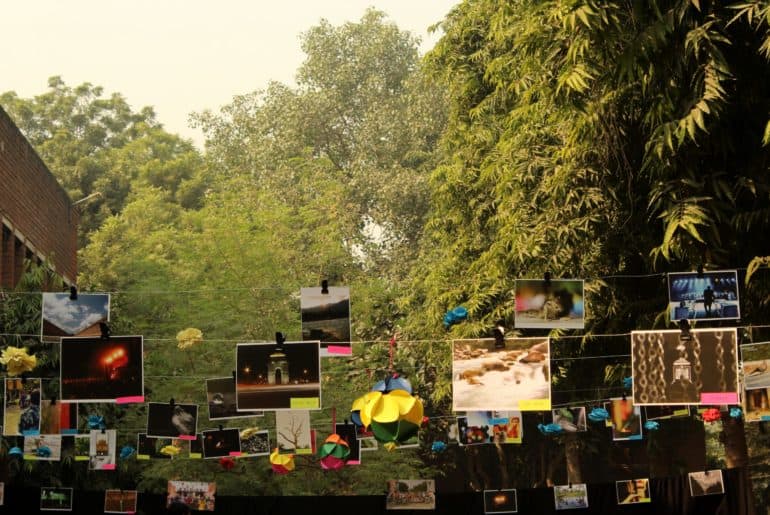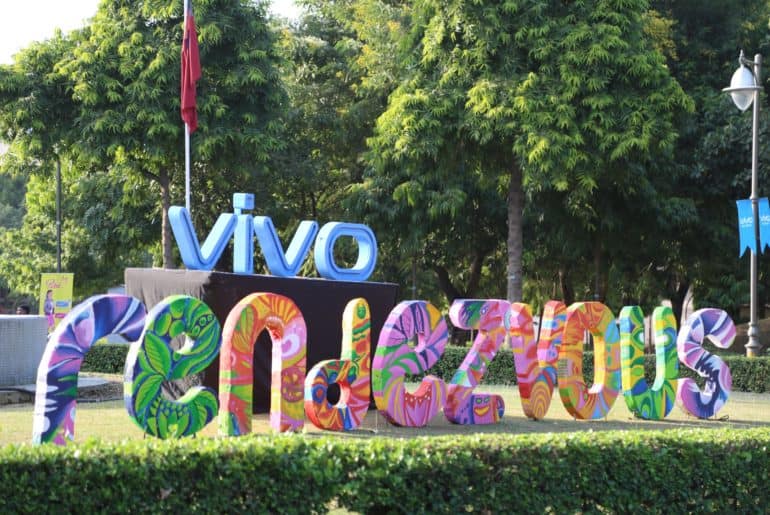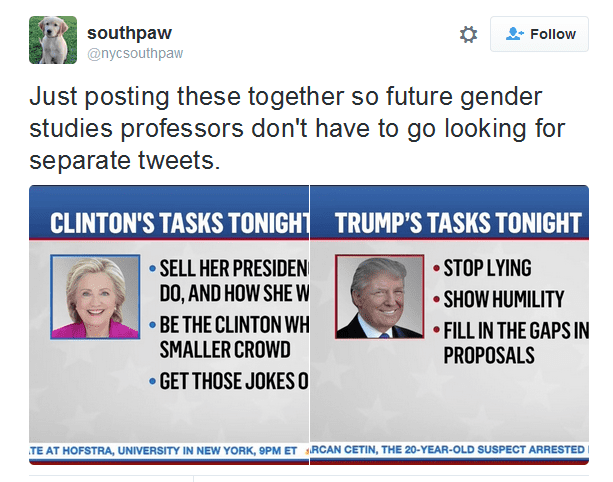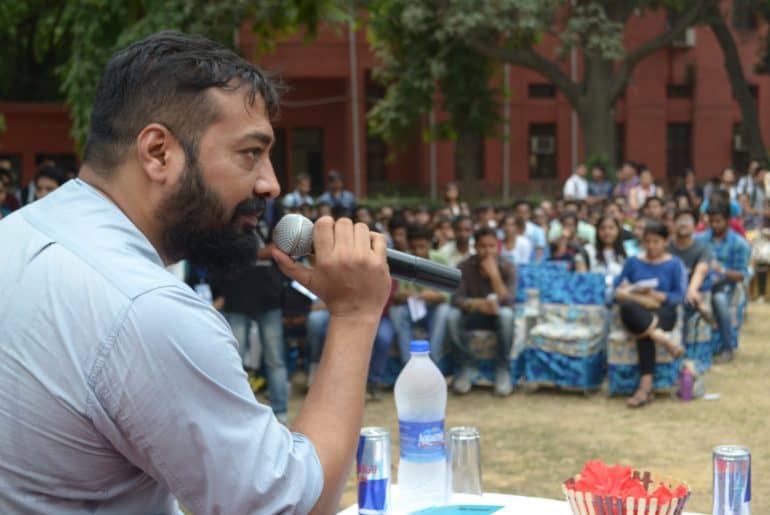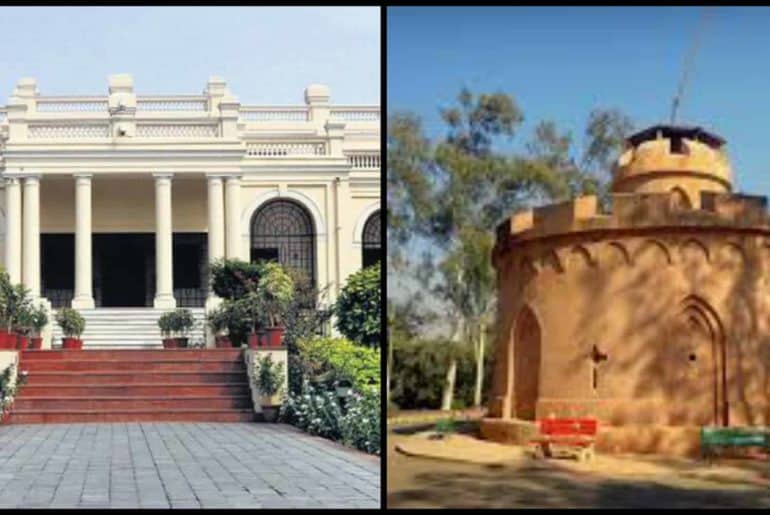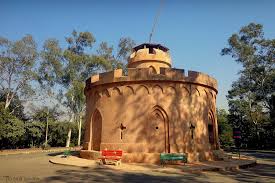We live in times of political turmoil and multicultural clashes fuelled by polarising and divisive rhetoric, even as the people of the world become more diverse and their identities less water-tight. This diversity and crossing of cultural, linguistic and other social boundaries is evident in the television most of us watch today – and that’s great news! In today’s context, when there is suspicion surrounding the “other” communities, and when they are being portrayed as external threats to cultural mores and security of nations by the political classes, this representation is not only a statement but also works to normalise the existence of these communities.
The annual Where We Are On TV report by GLAAD, which tracks the representation of LGBTQ+ characters on television, shows promising times ahead for diversity in media. While 2016 was the year of the Brexit, the shootings in Pulse, Orlando, and Trump’s election, it was also the year that television saw the highest percentage of LGBTQ+ series regular characters on broadcast television with respect to popular American TV shows. While there are still harmful tropes and stereotypes surrounding representation of the community, the report by GLAAD notes that there are visible efforts by most platforms to include characters that are also “…LGBTQ+ people of color (who have long been underrepresented), transgender men, characters living with disabilities, and people who live at the intersections of multiple marginalised identities.”
As someone who identifies as a queer woman, I understand the immense satisfaction of having your identity validated by a TV show, or seeing people you relate to making it big in the mainstream media. There has been a notable increase in the number of TV shows with LGBTQ+ characters in recent years, evident by the splashes it makes on social media. In the past few months, I have had the great pleasure of watching several TV productions of diverse genres, in numerous languages, and with LGBTQ+ characters from all walks of life. Skam, a Norwegian TV phenomenon that took the social media by storm in late 2016, was an absolute treat as it portayed a heartfelt coming-of-age of the 17 year old Isak Valtersen who had to come to terms with not just his sexuality but also his troubled relationship with his mentally ill mother. Another major character on the show was the mentally-ill bisexual love interest of Isak. Eyewitness, a USA Network adaptation of a Norwegian show, showed two teenage boys battling internalised homophobia and coming to terms with their relationship, while also embroiled in a police investigation for a triple homicide they witnessed.

Merlí, a Catalonian show about an unconventional philosophy professor in a high school, has a major plotline involving the relationships between the professor and his gay son, and the relationship of the latter with his best friend. Popular TV shows like Grey’s Anatomy, Orange is the New Black, Shadowhunters and Supergirl also have major LGBTQ+ characters and plot lines.

While it’s important to be conscious of the struggle of marginalised communities for their rights and identities, their increasing representation in mainstream media is most certainly a joyous realisation, and one that will, hopefully, fuel the fight for diversity and soon pervade into other realms of society.
Feature Image Credits: US News
Shubham Kaushik


